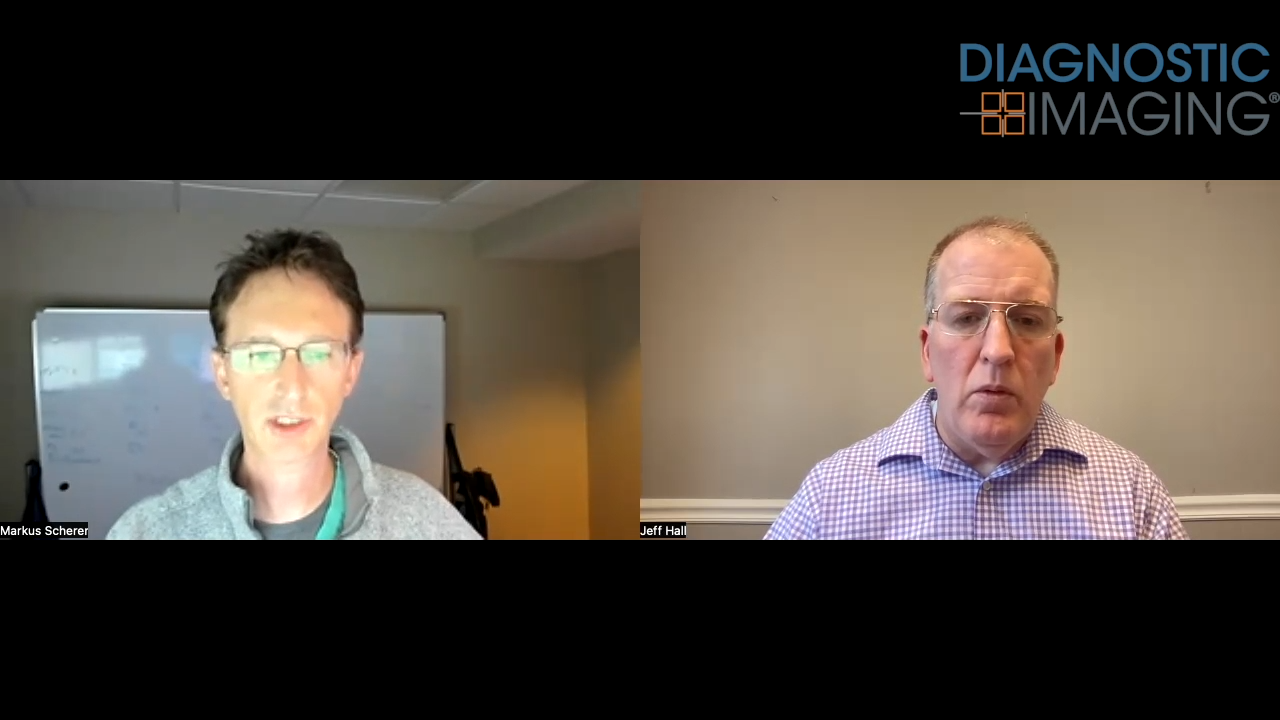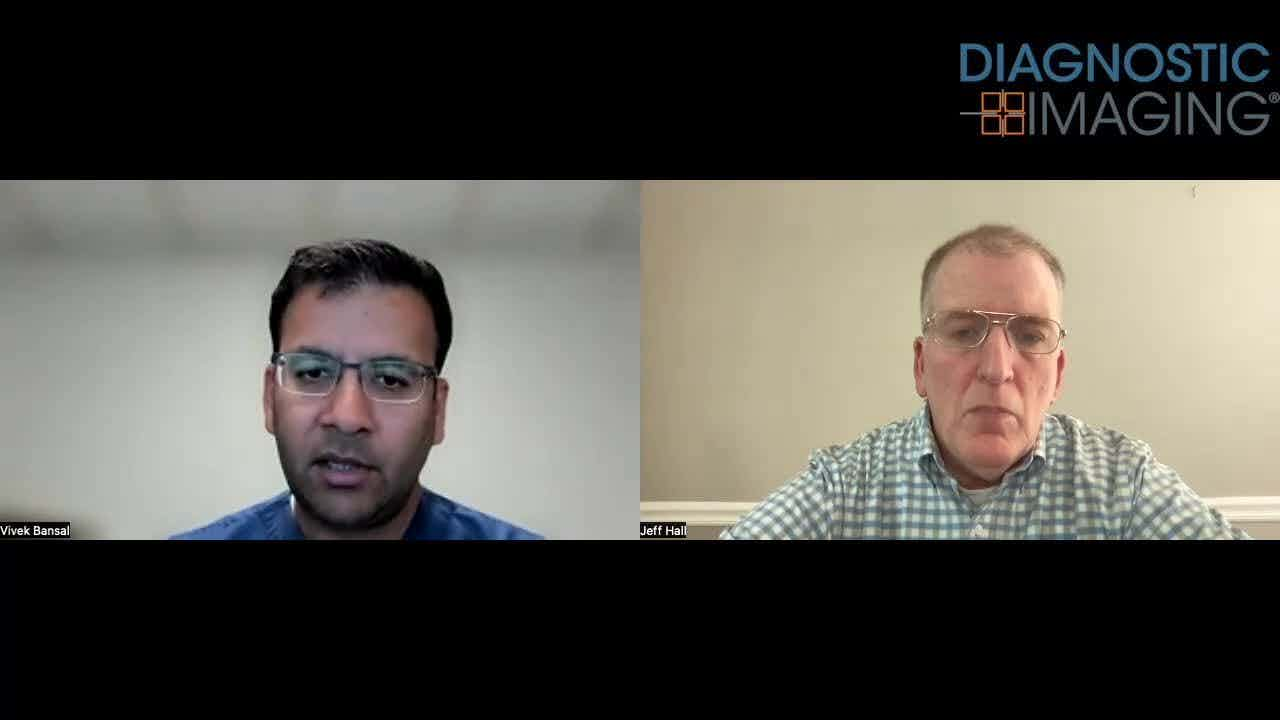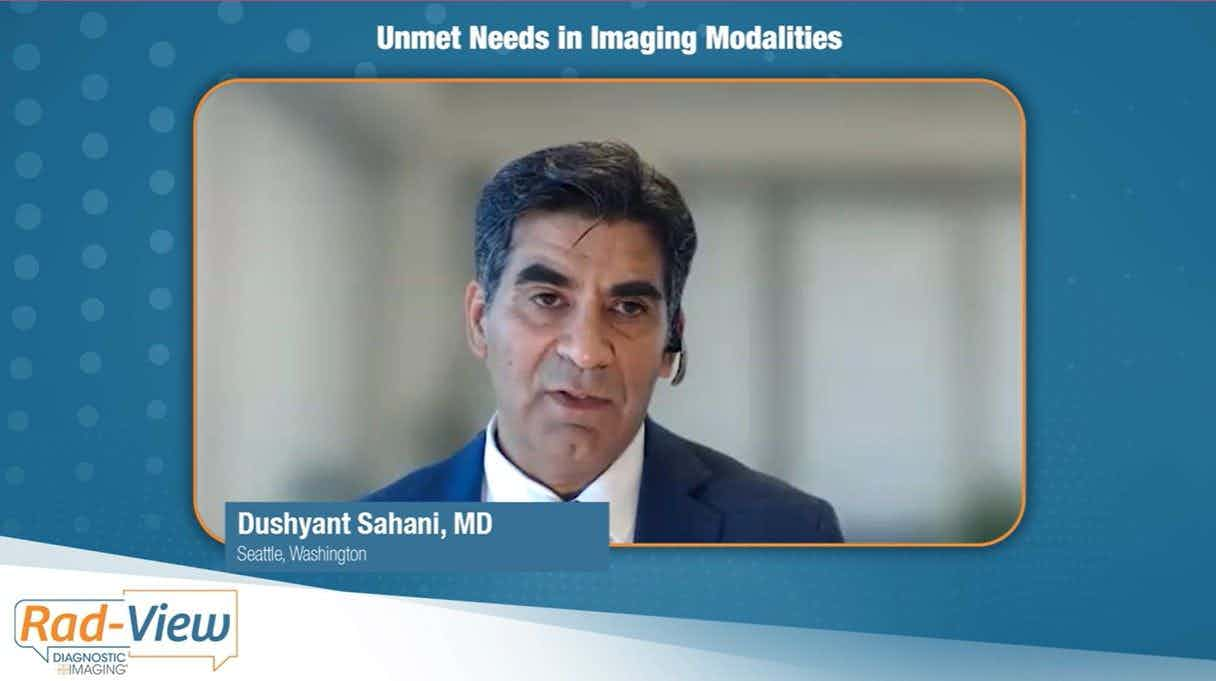Multinational study cements safety of CT colonography
As if CT colonography needed more good publicity, a multinational study of more than 20,000 procedures has found that the technique is safer than previously thought, with a serious complication rate of just .018%.
As if CT colonography needed more good publicity, a multinational study of more than 20,000 procedures has found that the technique is safer than previously thought, with a serious complication rate of just .018%.
Improving the safety profile in part is the automated carbon dioxide delivery technique for colonic distention, which was used in roughly 40% of the procedures. This method is safer as well as easier than manual room air insufflation, according to Dr. Perry Pickhardt, an associate professor of radiology at the University of Wisconsin Medical School in Madison, who presented these data at the 2006 American Roentgen Ray Society meeting in Vancouver.
Other studies that had reported higher complication rates made greater use of manual room air insufflation. Patient selection could also explain differences in results.
The study conducted by the Working Group on Virtual Colonoscopy represents screening and diagnostic CTC experience at 16 medical centers in five countries since 1997. To gauge safety, researchers recorded the symptomatic perforation rate and overall rate of significant complications, defined as events landing a patient in the hospital. Of 21,923 patient exams, only four cases of significant complications occurred. All of the complications took place during diagnostic studies, which accounted for about 46% of the procedures.
As CTC becomes more established, treatment and follow-up of detected lesions are drawing greater attention. Researchers at the University of Wisconsin said it might be possible to identify advanced adenomas-benign lesions that are most likely to progress to cancer-with CTC and follow those that appear to be less threatening, reducing the number of polypectomies. Their retrospective review revealed a prevalence of advanced adenomas in the overall screening population of just 3.1%, with 94% of them greater than 10 mm and only 5.6% between 6 and 9 mm, according to Dr. David Kim, an assistant professor of abdominal imaging at the University of Wisconsin. All cases of polyps with invasive carcinoma were in the 10 mm or greater category. There was only one advanced adenoma with high-grade dysplasia in the 6 to 9-mm group (prevalence of 0.028%).
The results indicate that size may be a useful surrogate marker for advanced adenomas and that follow-up surveillance with CTC may be an option for some patients with 6 to 9-mm polyps, given the very low occurrence of invasive carcinoma or high-grade dysplasia in this group, Kim said. The small number of lesions likely to turn into cancer could be removed with polypectomy, while most lesions would be stable or regress, avoiding unnecessary procedures.
It's unclear whether this concept will catch on with gastroenterologists, who have had a mixed reaction to the results, according to Kim. Awareness of potentially unnecessary polypectomies is growing, however, and sentiments about CTC surveillance could change.
"A tremendous number of polyps are being removed. All of these polypectomies carry procedural risks. If we could find a way to cut down on polypectomies without sacrificing our screening goals, that would be favorable," Kim said.
What is the Best Use of AI in CT Lung Cancer Screening?
April 18th 2025In comparison to radiologist assessment, the use of AI to pre-screen patients with low-dose CT lung cancer screening provided a 12 percent reduction in mean interpretation time with a slight increase in specificity and a slight decrease in the recall rate, according to new research.










